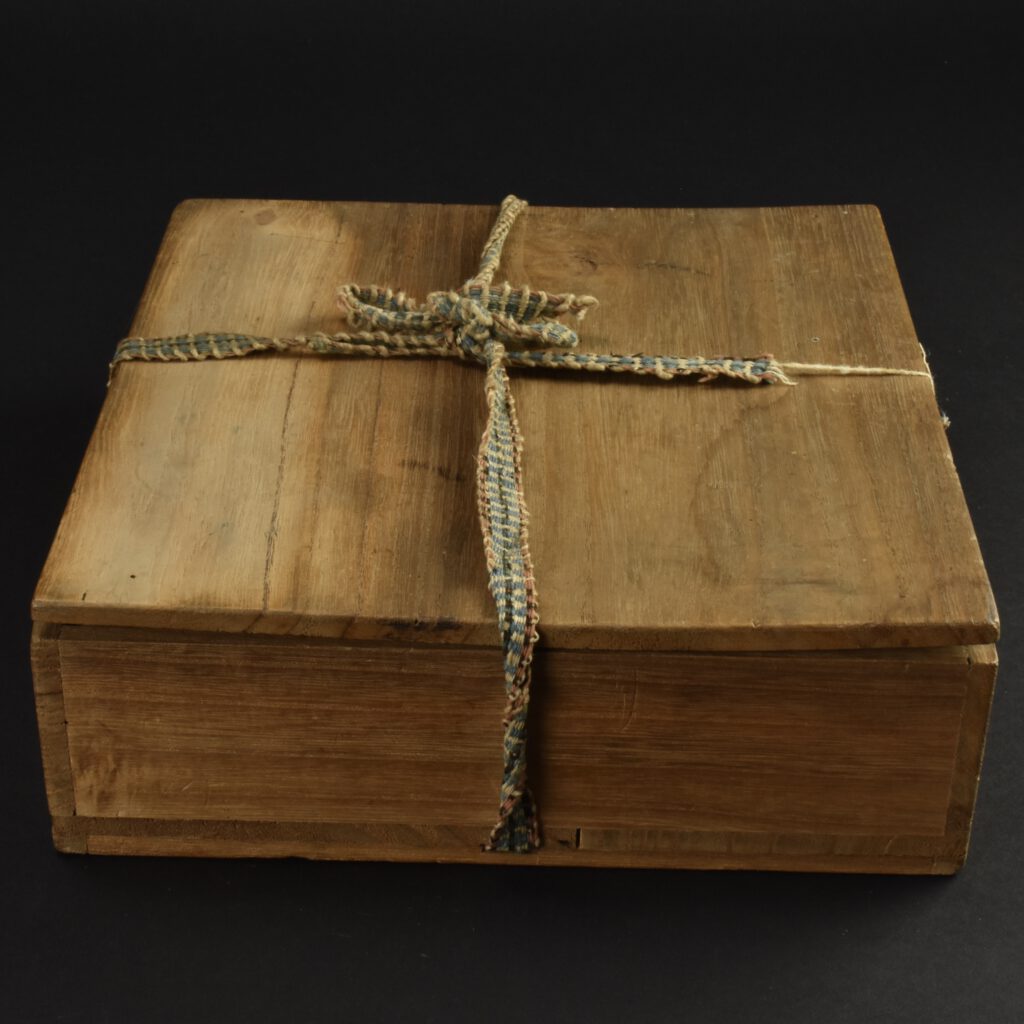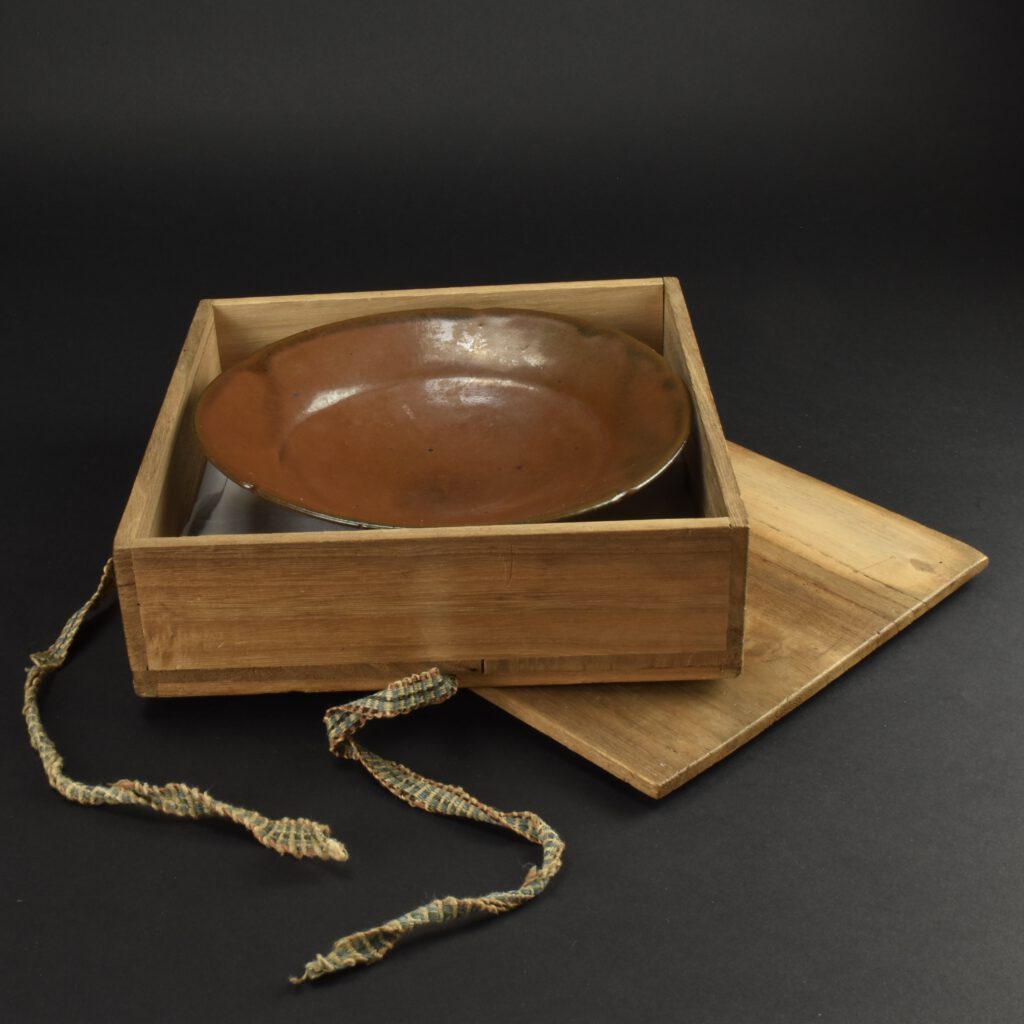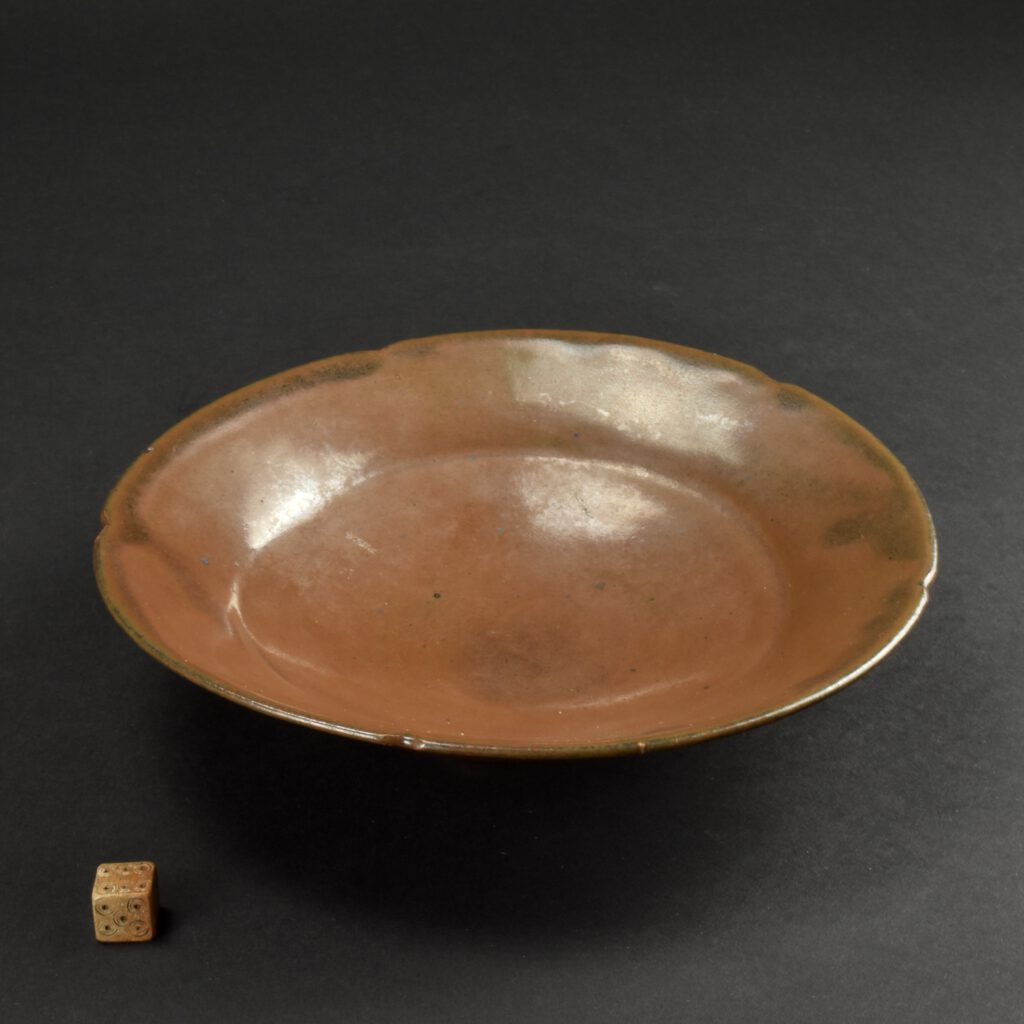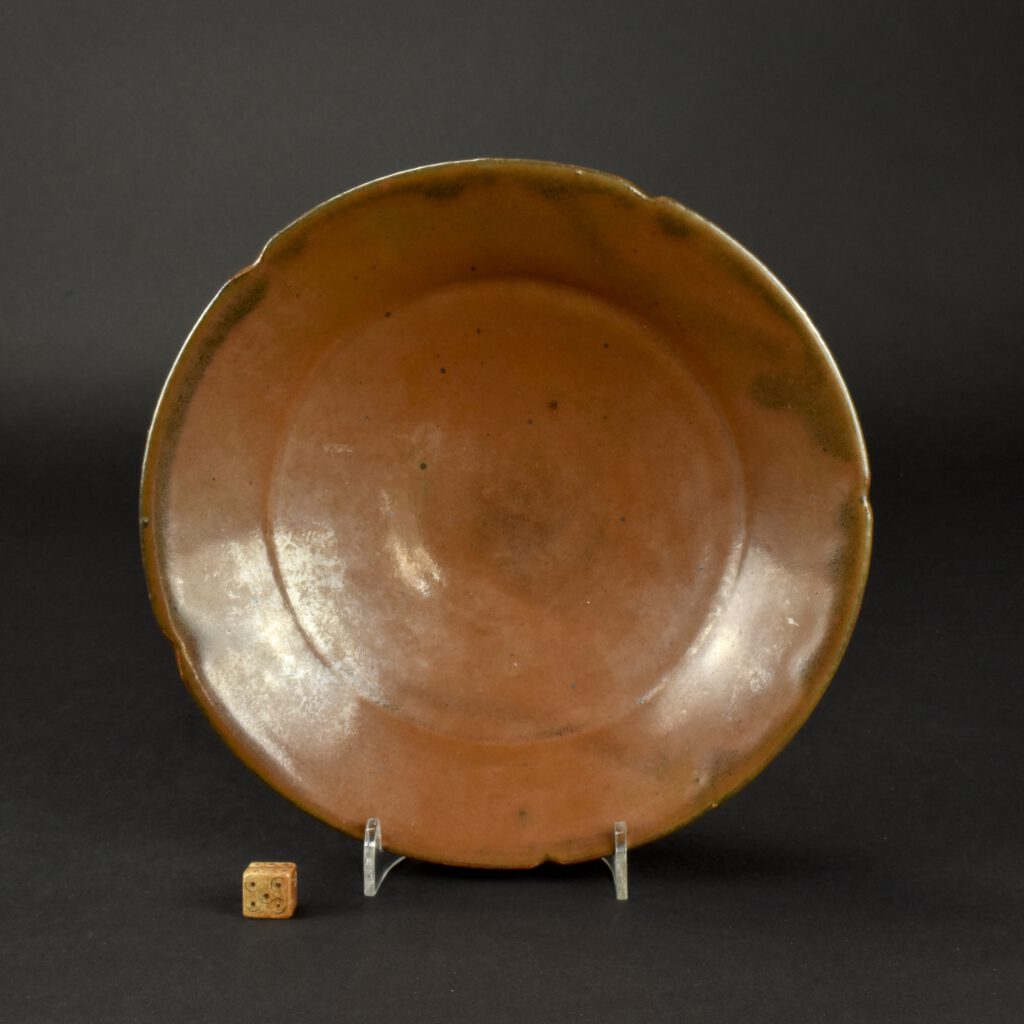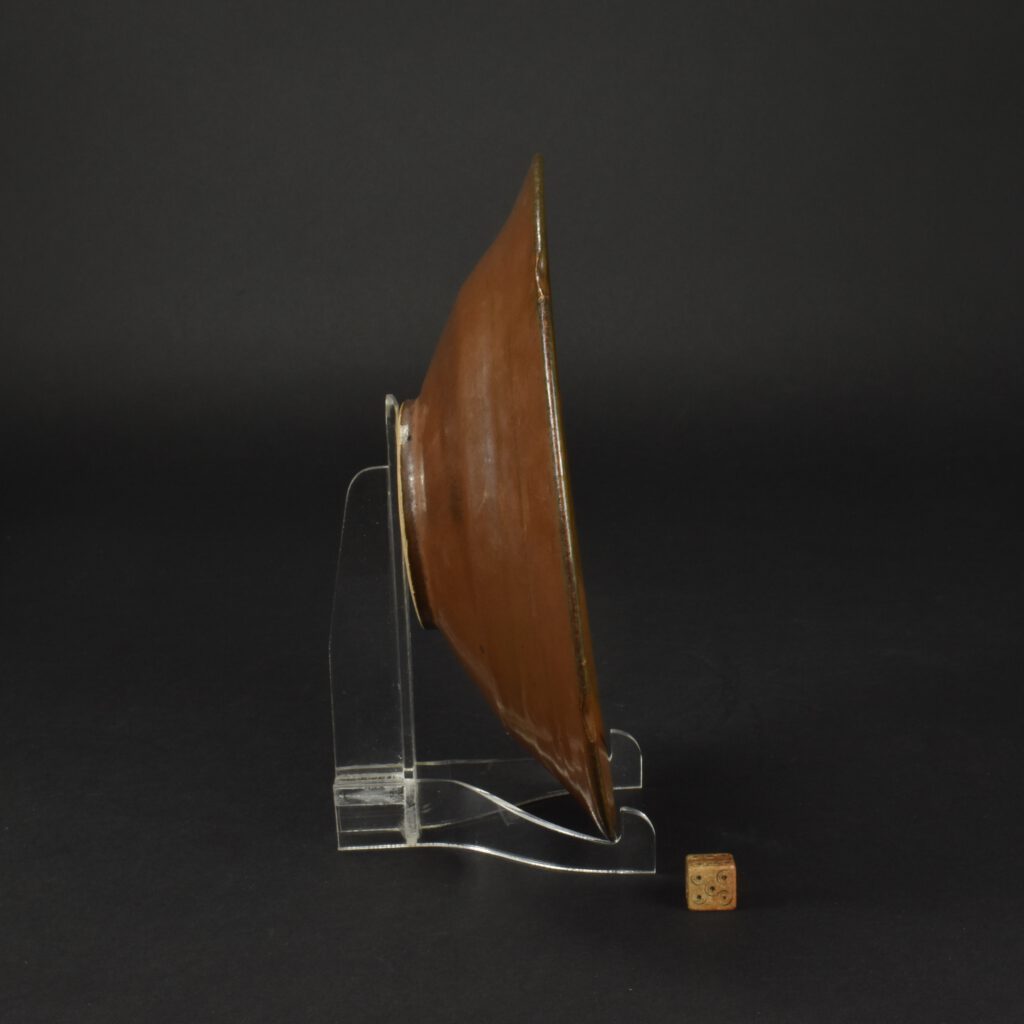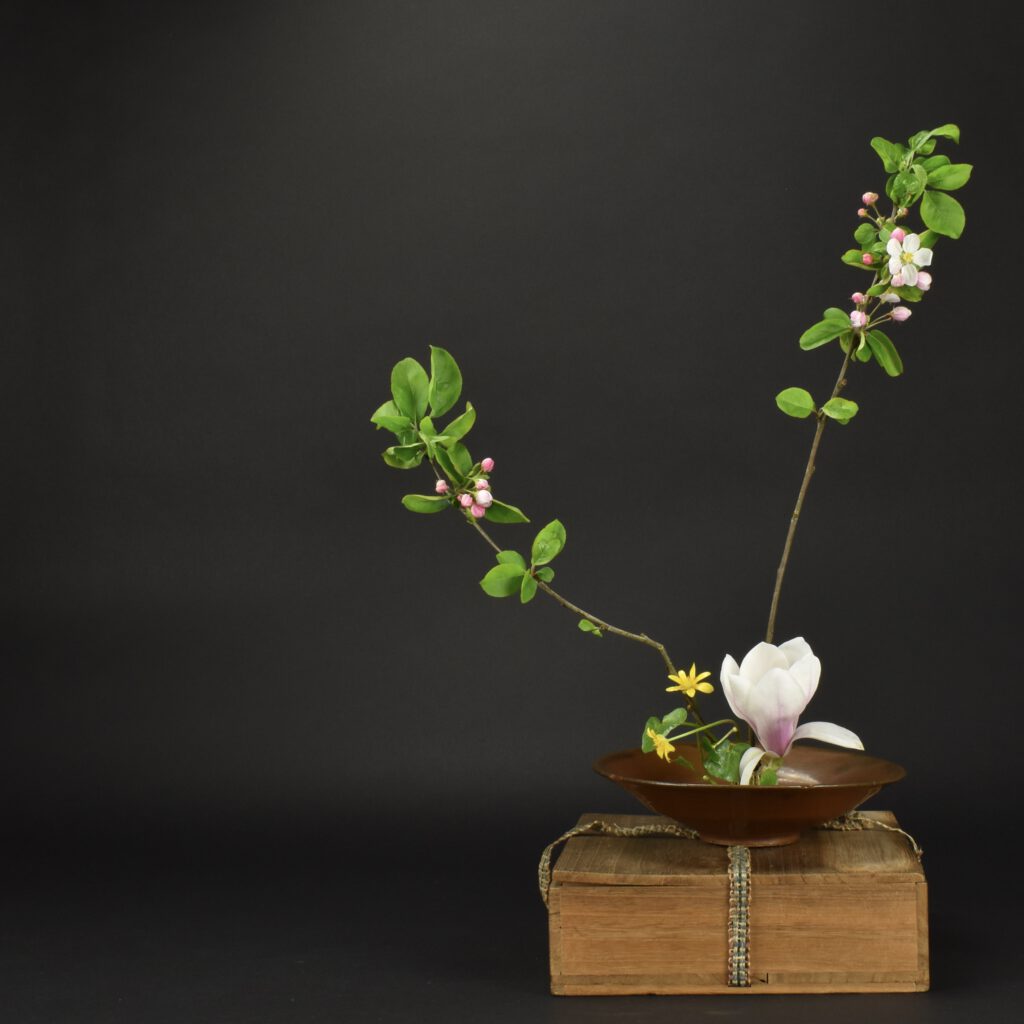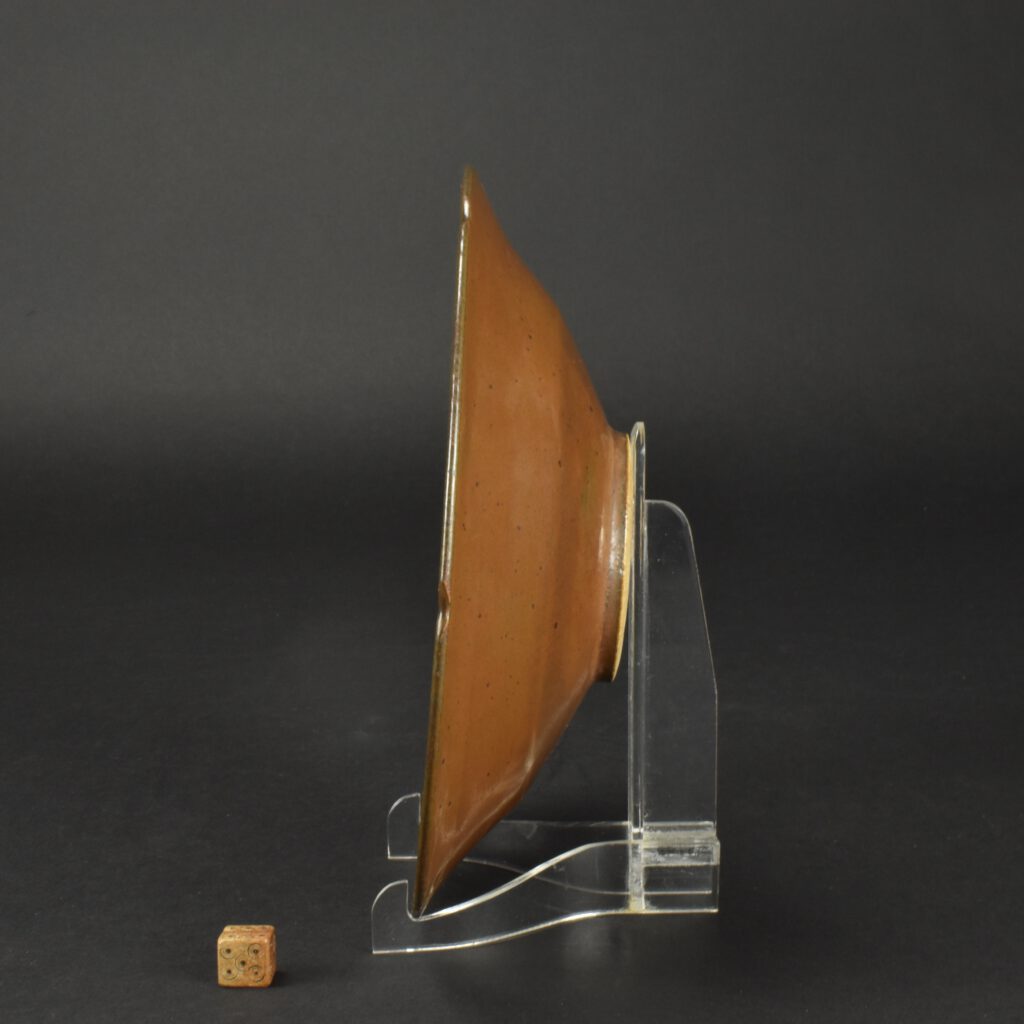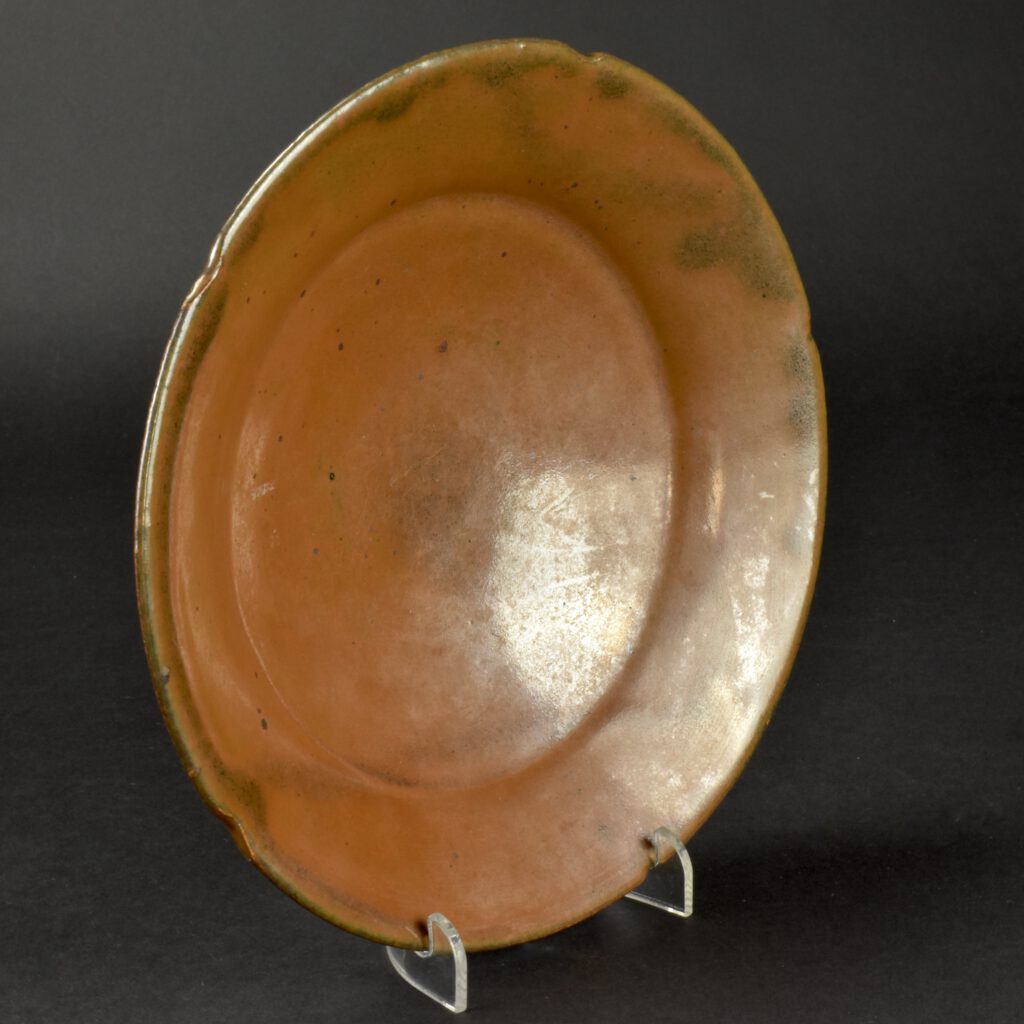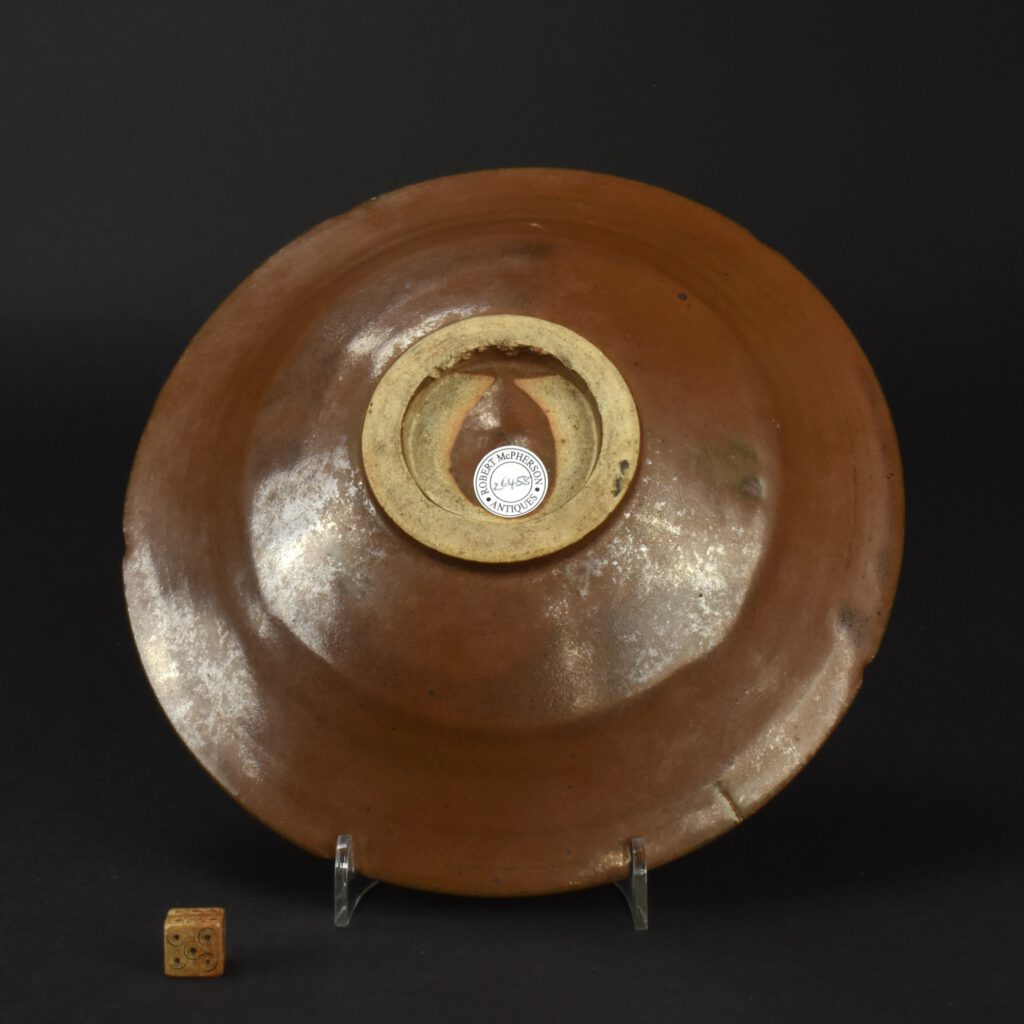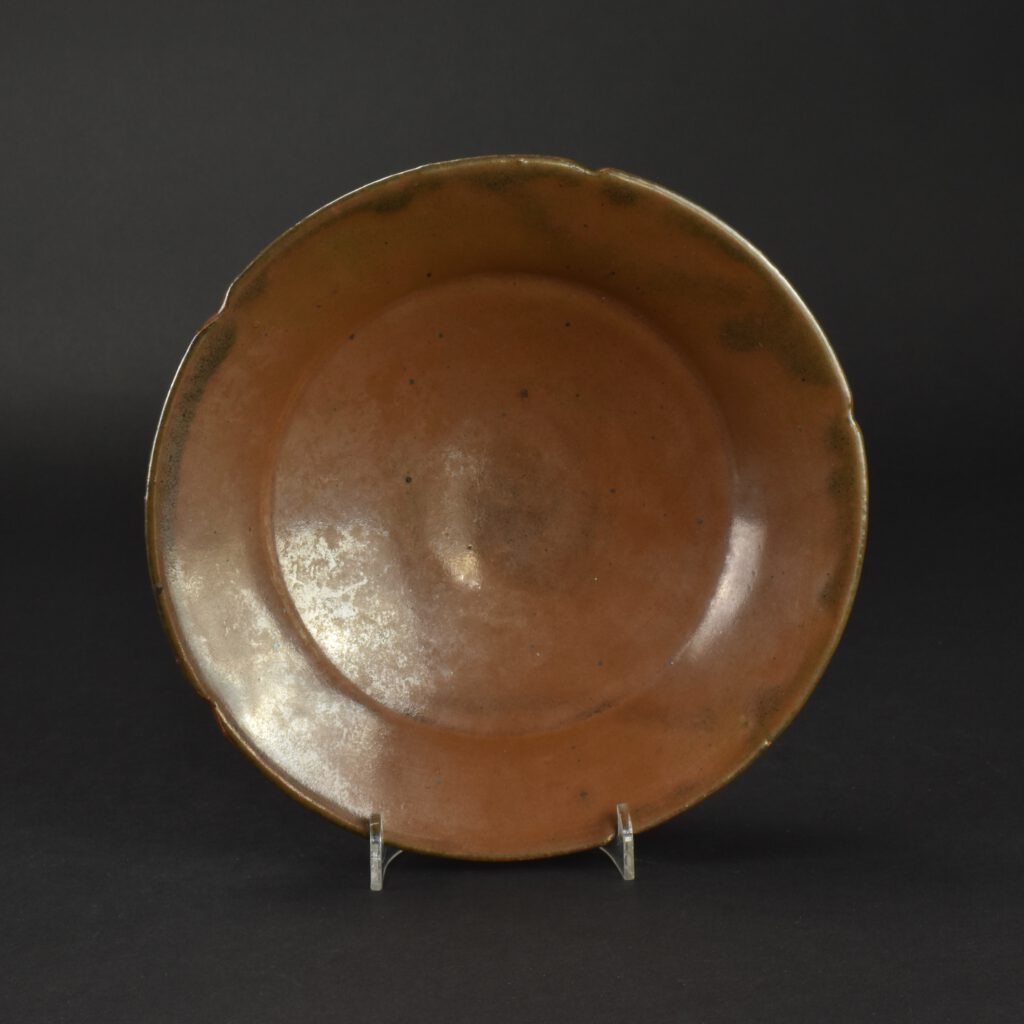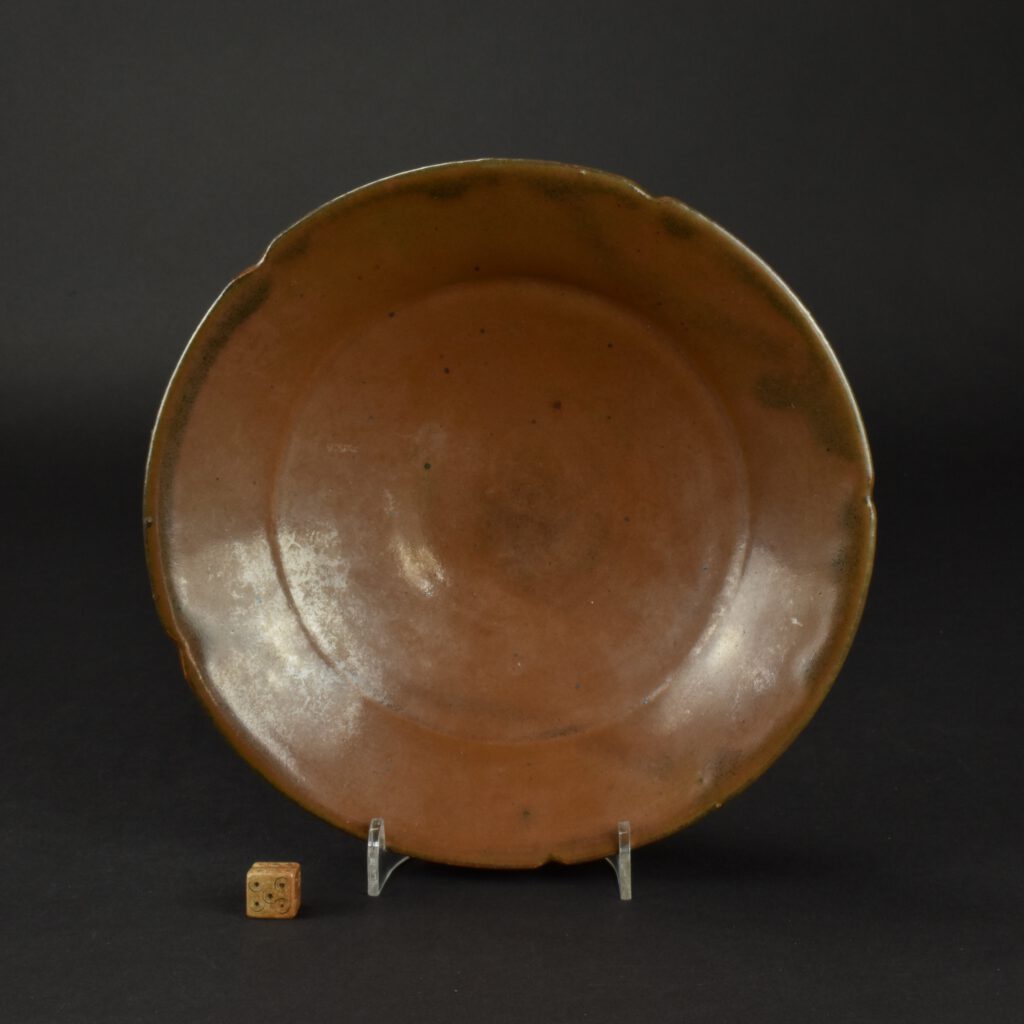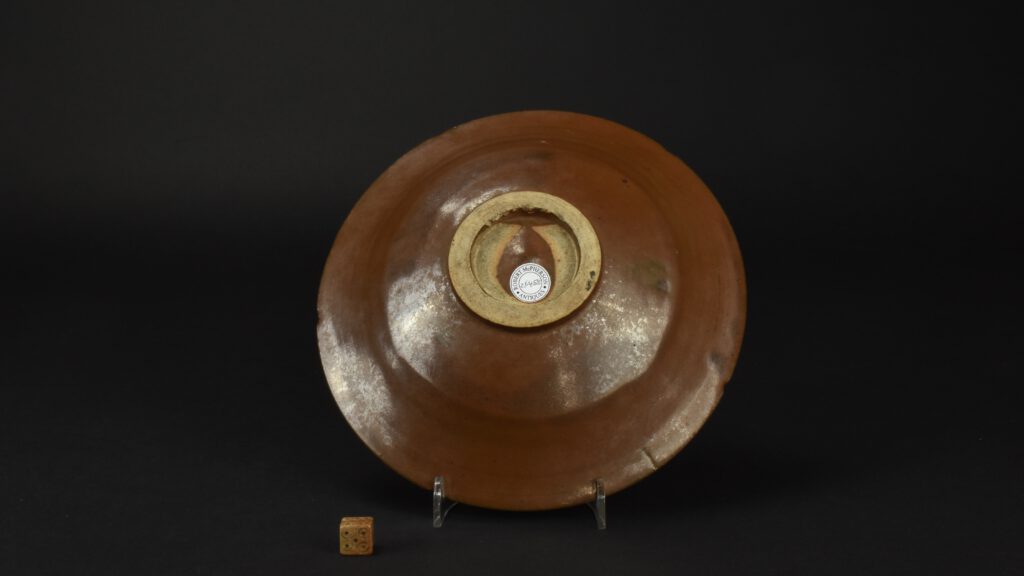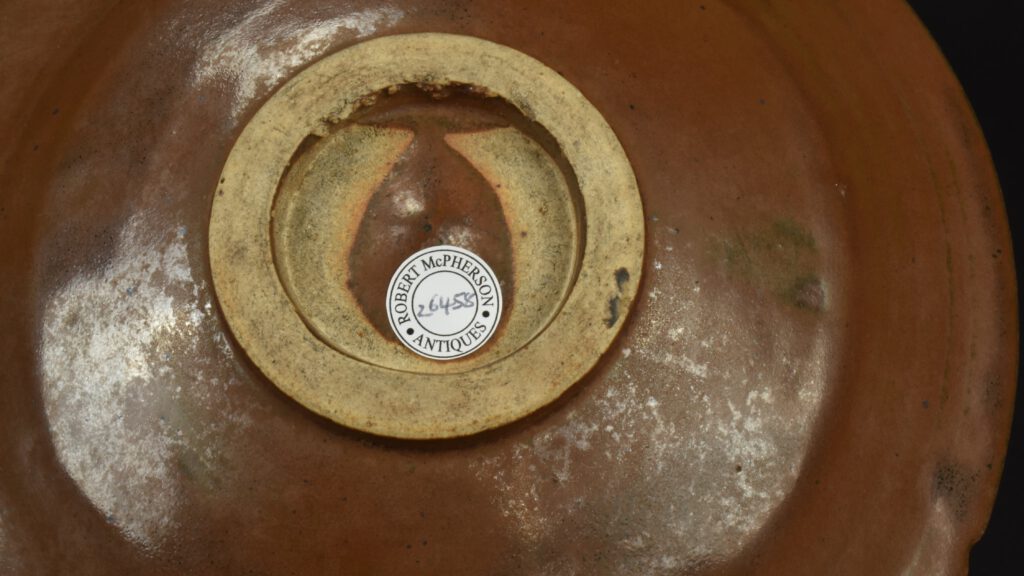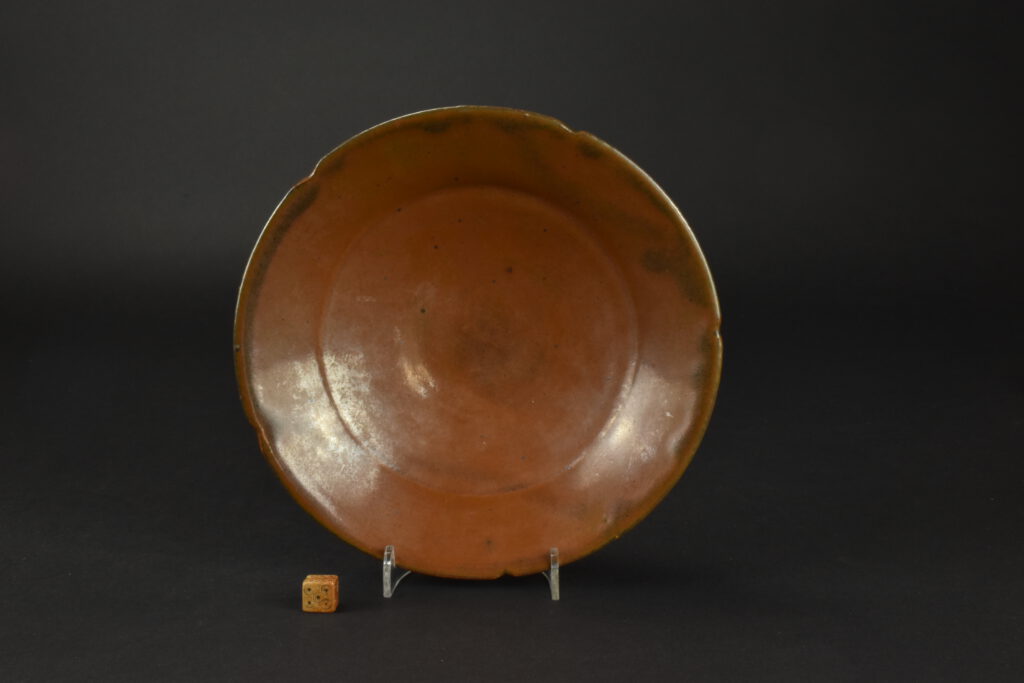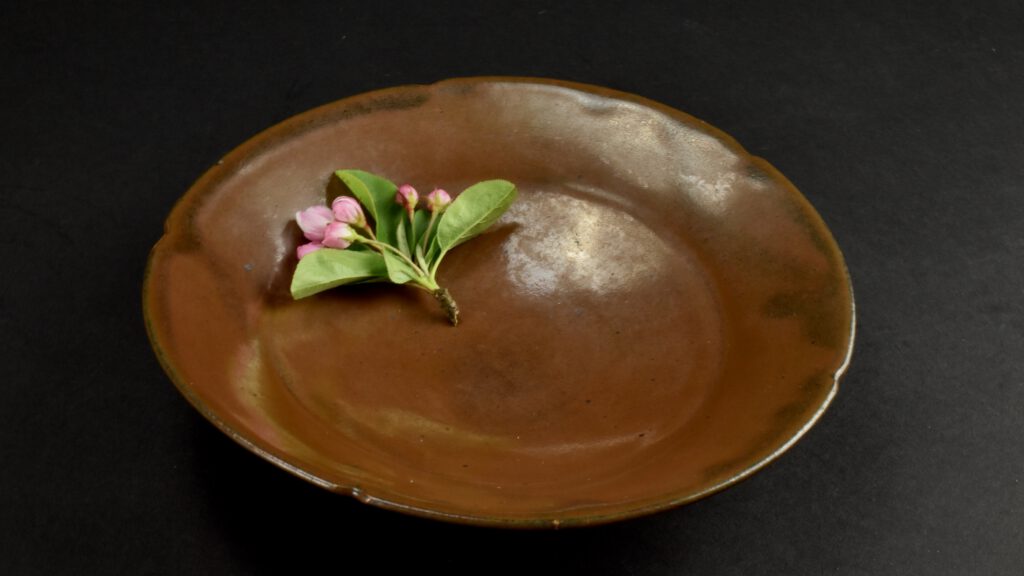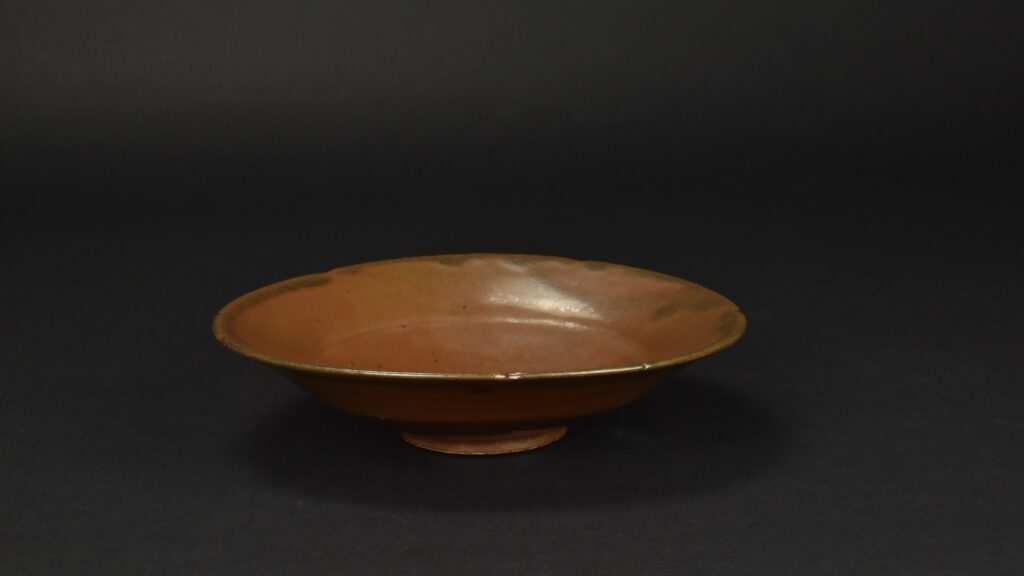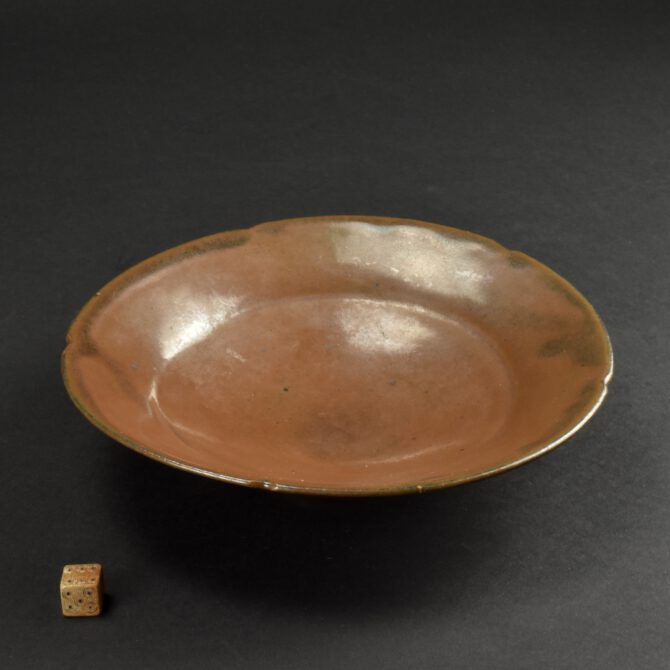
Rare Persimmon Mallow Flower Shaped Northern Song Dish
Rare Persimmon Mallow Flower Shaped Northern Song Dish or Jin, Cizhou Kilns, 11th or 12th Century. Persimmon dishes of this form are derived from Chinese lacquer and bronze, they were made in several kiln groups during this period. The rarest and most desirable are the Mallow dishes from the Ding kilns but they were also made at Yaozhou as well as Cizhou. The Cizhou kilns were primarily concentrated in the northern provinces of Hebei, Henan, and Shaanxi, this is a large area and the production was very varied. The colour varies in the photographs, that is deliberate, it shows the difference between strong and less strong lighting on this dish. With a Japanese box.
SOLD
- Condition
- In excellent, some iridescence to the glaze, very minor firing faults.
- Size
- Diameter 19 cm (7 1/2 inches). Height 4.8 cm (1 3/4 inches)
- Provenance
- From Japan.
- Stock number
- 26458
Information
Cizhou Ware
A freedom of expression exists in Cizhou ware that is unparalleled by other Song dynasty (960-1279) ceramics. This was a direct result of not being under the control of the court; consequently, the liberty to explore and experiment created an innovative range of designs full of flavour and life unique to Cizhou ware. The utilization of enamelled decorations in tones of vivid reds, yellows, and greens on occasional Cizhou pieces placed it centuries ahead of its time as this was not kosher for early court wares. The ware also displays an amazing dexterity in the sketchily incised patterns which have such a sense of carefree abandon that they appear impressionistic. Today, Cizhou ware is prized for its natural appearance which often reveals the potter’s process from the wheel’s rings, to the inner spur marks, to the unevenly glazed base.
The white stonewares of the Tang dynasty (618-906) produced two extremely influential wares; the first, Ding ware, became the official ware while the second, Cizhou, became the “popular ware” among the varying classes. It was Cizhou ware’s utilization by society that assured its continuance during political and dynastic changes which extinguished other Song wares; consequently, Cizhou ware is still produced today though the wares created during the Song dynasty are considered to possess an unrivalled spirit. Since Cizhou ware embodies a diverse range of wares not confined to a specific location, kiln complex, or style it is difficult to precisely define its characteristics.
The name Cizhou originated from the ancient area of Cizhou, encompassing a broad arc across China, which was first recorded during the Sui dynasty (581-618). However, the location constantly shifted and though the area of Cizhou is mentioned in the Tang dynasty (618-906) and Five Dynasties (906-960), each referred to an altered location.During the Song, Jin (1125-1234), Yuan (1279-1368), and partly into the Ming dynasties (1368-1644) the kiln areas of Cizhou were primarily concentrated in the northern provinces of Hebei, Henan, and Shaanxi. (By Mindy MacDonald).
